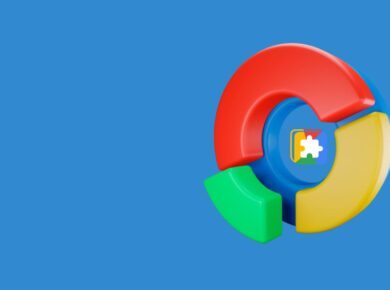With the rapid rise of AI in image editing, photos that have been touched by AI are getting so realistic, you’d be forgiven for not noticing the difference. Google Photos is now stepping up to make things clearer for users by implementing labels that reveal when an image has been edited using its AI tools. This new feature will allow users to see if a photo has been tweaked by AI right within the app, thanks to updated metadata on each edited image.
Why This Matters: Navigating the World of AI-Powered Edits
AI editing tools like Google’s Magic Editor and Magic Eraser have made it easier than ever to transform photos, making people look twice at what’s real versus what’s been enhanced. And while these tools are genuinely helpful for refining images, they also raise big questions around authenticity and trust.
At their best, these tools let us enhance memories or fix a moment in time; at their worst, they blur the lines between reality and fiction, sometimes making it hard to tell what’s been altered.
Recognizing these concerns, Google Photos will soon be addressing them directly. Starting next week, users will start to see an additional label indicating when an image has been edited using AI, displayed right alongside other details like the file name and location.
This labeling builds on Google’s existing practice of embedding IPTC metadata in photos to track edits but brings this information front and center for easy visibility.
Beyond AI: Noting Composite Edits from Blended Photos
The new transparency measures aren’t limited to edits from generative AI alone. Google is also applying labels to images created by blending multiple photos, even if they don’t use AI in the conventional sense. For instance, Pixel’s “Best Take” feature can merge multiple shots to create a single, ideal photo. These aren’t AI-Edited Images per se, but they still result in an image that may look quite different from any one of the originals.
This added transparency means users can better understand how images have been modified, regardless of the method. And it reinforces Google’s commitment to responsible, transparent AI usage, providing users with more control and understanding over the digital content they create and view.
The Bigger Picture: Responsible AI Use in Everyday Tech
Google’s active focus on clarity is thrilling, seeing how AI tools have woven into our daily lives. As AI changes our tech interaction, Google Photos makes users aware, helping them make better choices about shared photos. Maybe?
This could be a trendsetter, encouraging other tech companies to embrace AI clarity. Google is evidently working hard to garner user trust, keeping transparency central as they introduce these fantastic tools.






